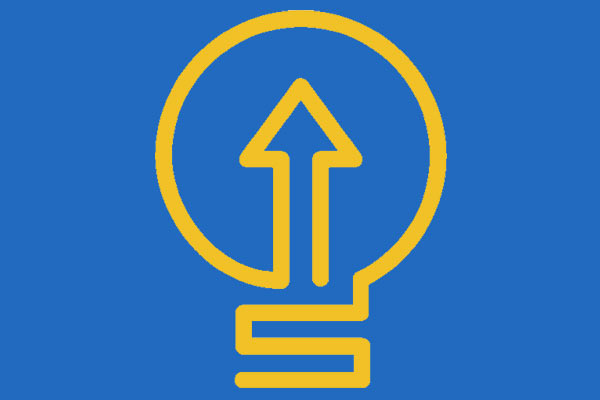Making education a top priority
- October 28, 2014
- / Reggie Dogan
- / education

Education is the driving force behind improving the quality of life in the Pensacola metro area.
That’s what emerged from the months of collecting data and reporting stories for 64-page Pensacola Metro Report published in August.
Education is our community’s top priority. Plain — but not so simple.
Economic development, more jobs, better wages, improved health care and higher living standards won’t reach their fullest potential until everyone gets on board to make education a top priority.
It will take business leaders who understand a well-educated, highly skilled workforce may be the most important ingredient to strengthen our economy and ensure a high quality of life in our region.
Creating skilled workers for an economy that is constantly changing will require investments in better education and workforce development programs.
Education not only builds a skilled workforce, it also provides social, civic and personal development.
Inequitable access to high-quality education contributes to achievement gaps across racial, ethnic and economic lines and to the decline of student achievement throughout our schools.
But the problems in education aren’t unique to Pensacola. Across the country, one of the biggest issues facing educators is the criticism of public schools.
The negative perception of public schools is leading to a decrease in public support. There are increased demands to cut funding, to offer alternatives including vouchers to private schools and to provide standardized tests to prove that teaching and learning are taking place.
The assumptions made in regards to inadequate public schools almost always focus ineffective teachers, wasteful spending with little return and declining student performance.
Overlooked — or too often dismissed — are societal forces that negatively impact public schools. They run the gamut from drugs, poverty and single-parent families to a volatile economy, urbanization and disparity in funding. They all affect our schools, and as a result, the schools reflect the problems in society.
An important discussion that demands immediate attention is the wide discrepancy in education between the haves and the have nots.
An op-ed column in The New York Times says that America’s education system emphasizes inequality instead of opportunity.
School funding levels in most states, Florida not withstanding, depend on where families live, or more specifically, the value of their property. The result is that schools in communities with more wealth often receive more funding to educate their children than schools from less-advantaged communities.
We have to begin to see that distribution of money is one root cause of the difference in public schools. Talking about fixing education without talking about funding inequality is disingenuous and disadvantageous to improving schools.
Schools, by and large, reflect society in general and our public schools need support. Educators, in and by themselves, can’t accomplish all that needs to be done. It will take a combined and concerted effort from all stakeholders.
We all are searching for a panacea to cure the ills of education. Unfortunately, there are no silver bullets.
For better and for worse, public education, as a way to protect and preserve democracy, has served us for more than 200 years.
If it is to continue its longstanding and important mission, we have to look hard and deep to find some solutions to fix what is broken in education.
 CivicCon launches with a look at good growth in cities
CivicCon launches with a look at good growth in cities
 Building stronger brains one baby, one parent at a time
Building stronger brains one baby, one parent at a time
 SCI debuts commercial on Early Learning City
SCI debuts commercial on Early Learning City
 Entrecon: World class speakers and an opportunity to sharpen skills
Entrecon: World class speakers and an opportunity to sharpen skills
 PYP Quality of Life survey 2017
PYP Quality of Life survey 2017
 EntreCon Pensacola 2016: A look back
EntreCon Pensacola 2016: A look back
 Leadership tip: getting better employee takeaways
Leadership tip: getting better employee takeaways
 Leadership tip: be interested instead of interesting
Leadership tip: be interested instead of interesting
 Leadership tip: delivering difficult messages
Leadership tip: delivering difficult messages
 Brain Bags boost Arc, Early Childhood Court programs
Brain Bags boost Arc, Early Childhood Court programs